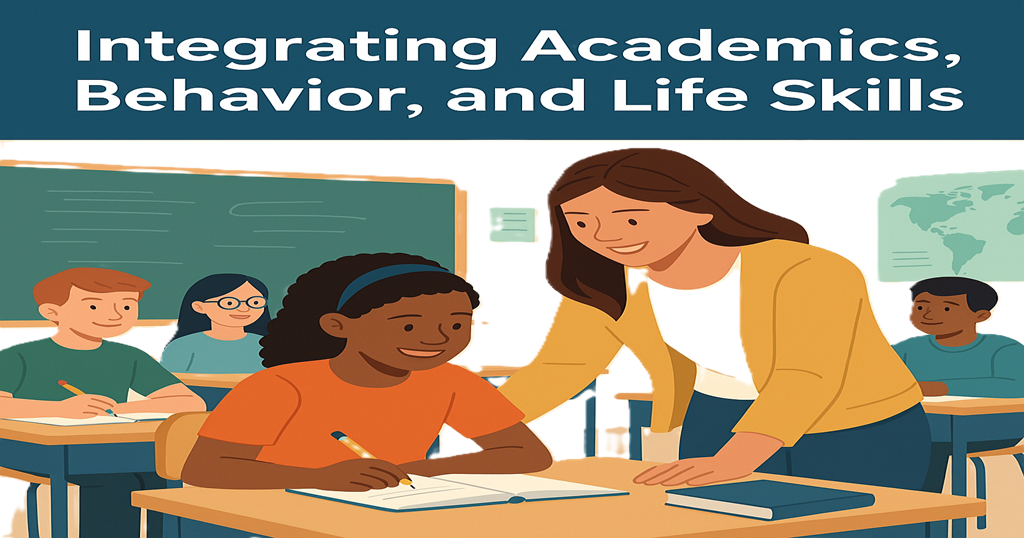Supporting the Whole Child: How Schools Can Integrate Key Learning Areas

In today’s educational landscape, fostering holistic student development requires a seamless integration of academic instruction, behavioral guidance, and life skills education. Let’s delve into strategies that unify these elements to create a cohesive framework for student success.
The Importance of Integration
Traditionally, academic learning, behavioral expectations, and life skills development have been treated as separate domains within education. However, research and practice suggest that intertwining these areas can lead to more effective and meaningful student outcomes. By integrating these components, educators can:
- Enhance Engagement: Students see the relevance of their learning when academic content is connected to real-life skills and positive behavior.
- Promote Consistency: Unified approaches provide clear expectations, reducing confusion and fostering a stable learning environment.
- Support Whole-Child Development: Addressing cognitive, social, and emotional needs prepares students for success beyond the classroom.
Strategies for Effective Integration
The webinar highlights several practical strategies for educators aiming to merge academics, behavior, and life skills:
- Collaborative Planning: Teachers, counselors, and administrators work together to design curricula that incorporate behavioral expectations and life skills into academic lessons.
- Project-Based Learning (PBL): PBL encourages students to apply academic knowledge to real-world problems, simultaneously developing critical thinking, collaboration, and communication skills.
- Social-Emotional Learning (SEL) Programs: Implementing SEL curricula alongside academic instruction helps students manage emotions, set goals, and establish positive relationships.
- Consistent Language and Expectations: Establishing a common language for academic and behavioral expectations ensures clarity and reinforces the importance of life skills.
Benefits Observed
Schools that have adopted integrated approaches report several positive outcomes:
- Improved Academic Performance: Students are more motivated and perform better when they understand the practical applications of their studies.
- Reduced Behavioral Issues: Clear, consistent expectations and the development of self-regulation skills lead to fewer disciplinary incidents.
- Enhanced School Climate: A unified focus fosters a supportive and inclusive environment, promoting respect and collaboration among students and staff.
Conclusion
Integrating academics, behavior, and life skills is not merely an educational trend but a necessary evolution to meet the diverse needs of today’s students. By adopting comprehensive strategies, educators can cultivate environments where students thrive intellectually, socially, and emotionally. See Palo in action and get your questions answered!


